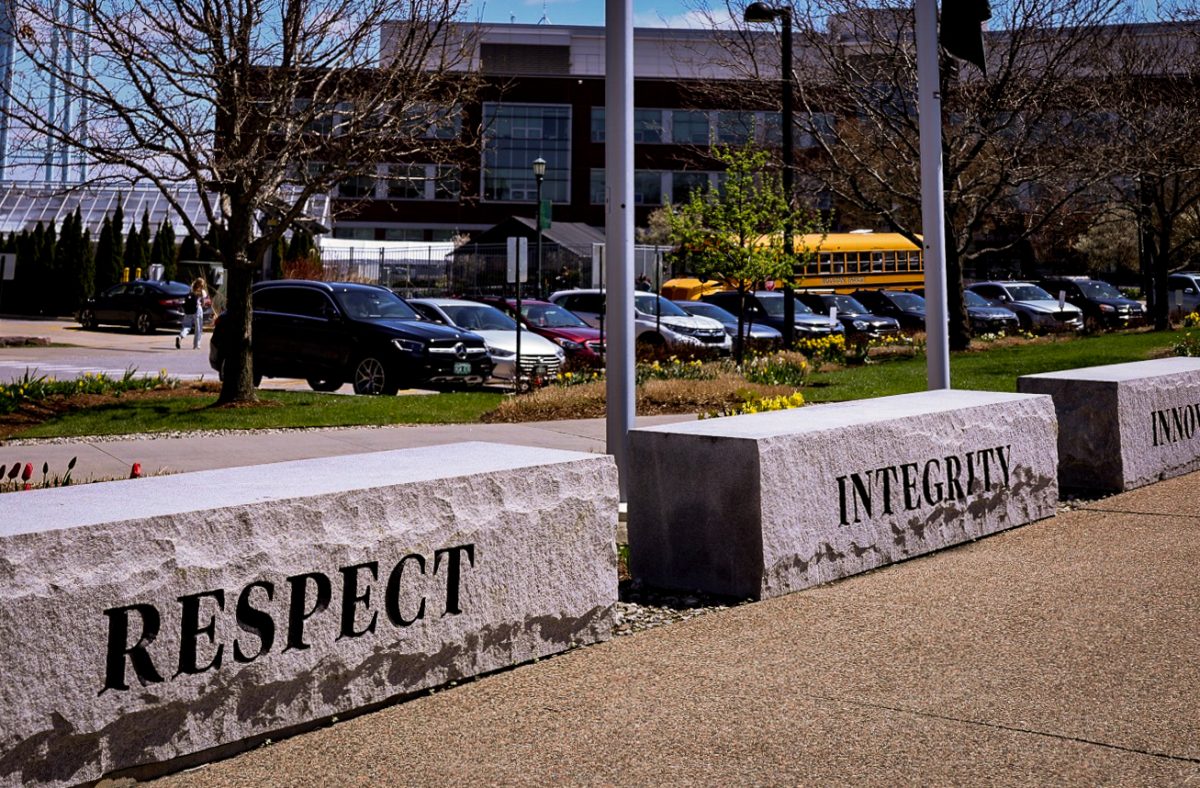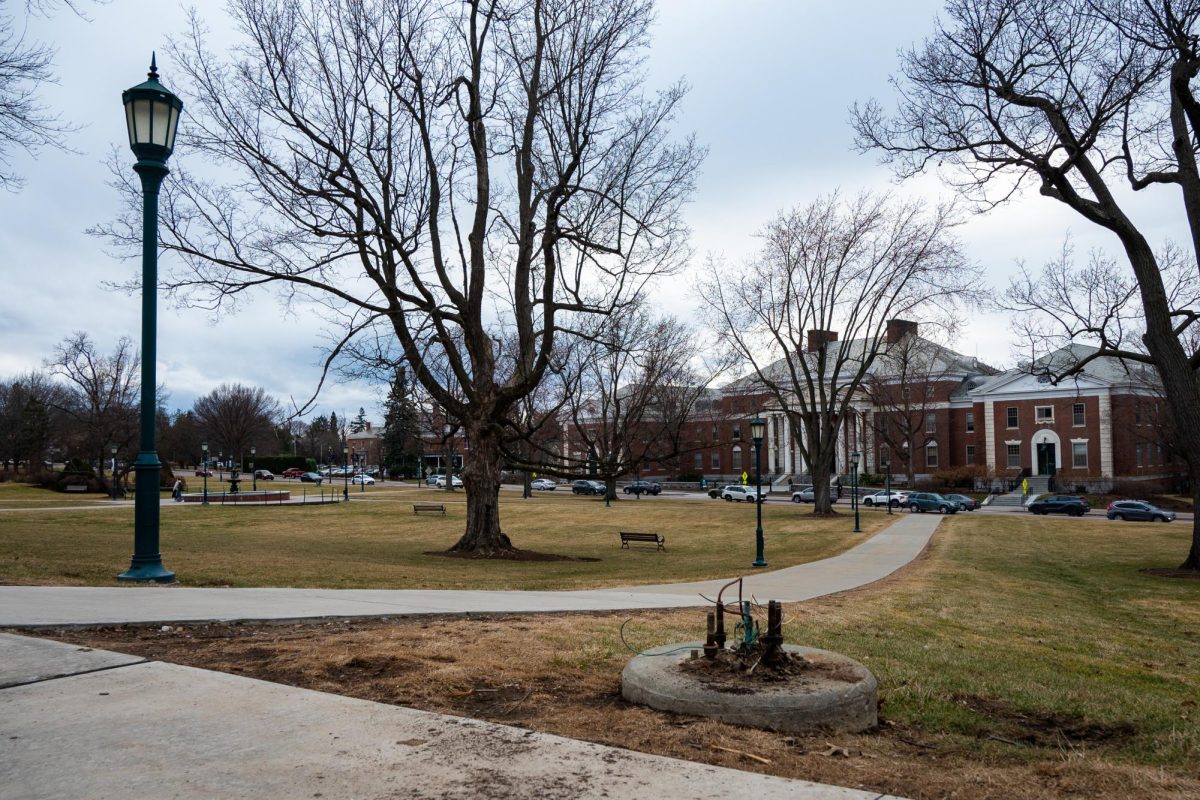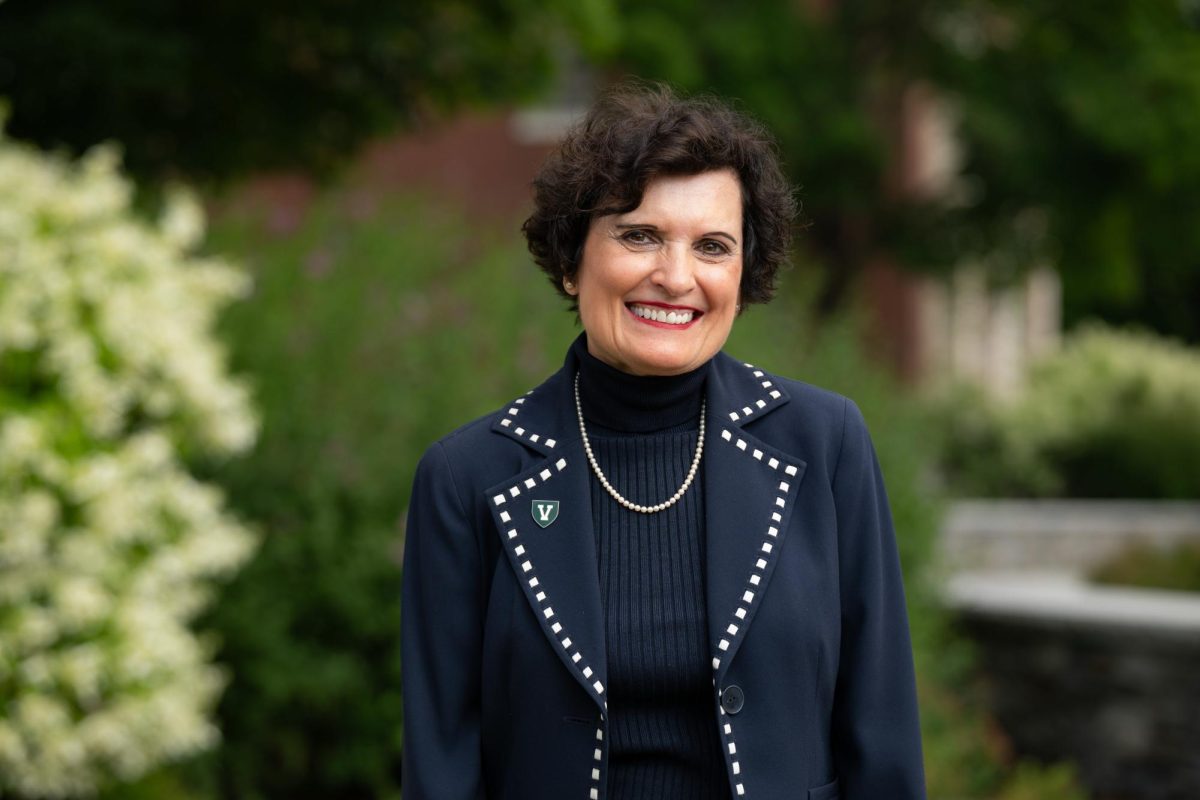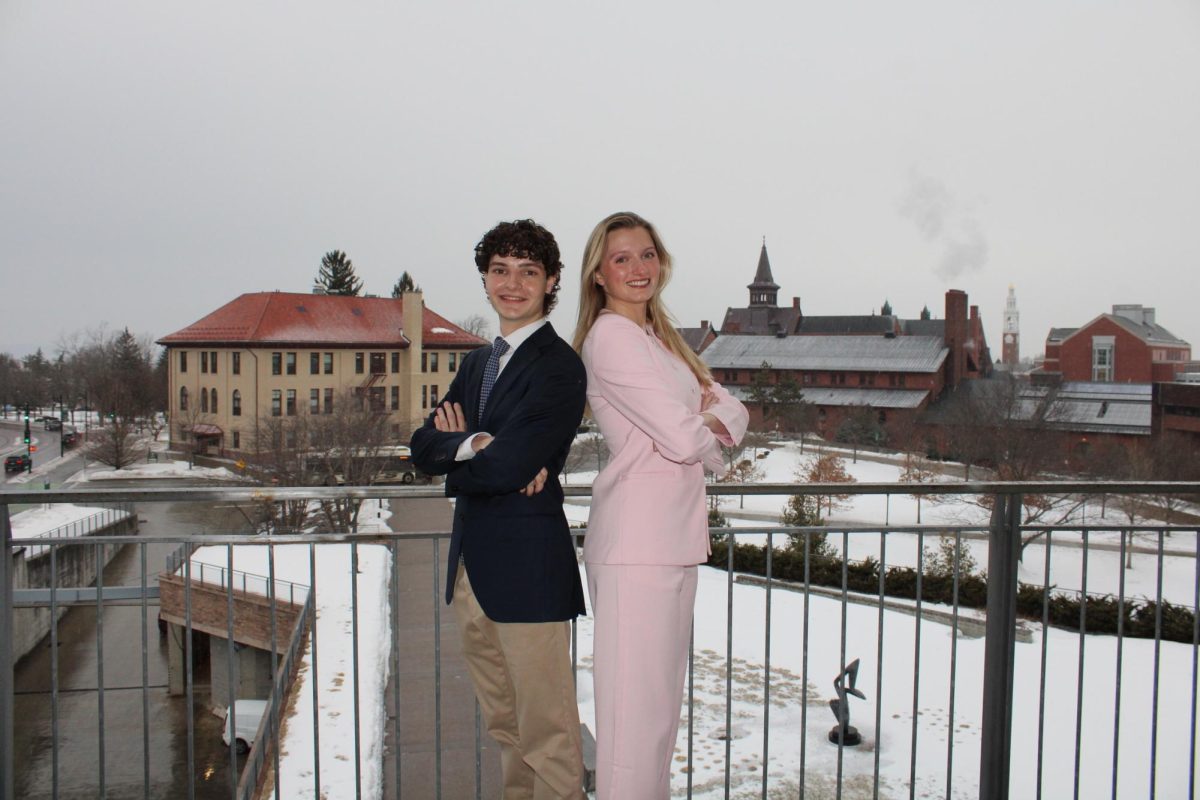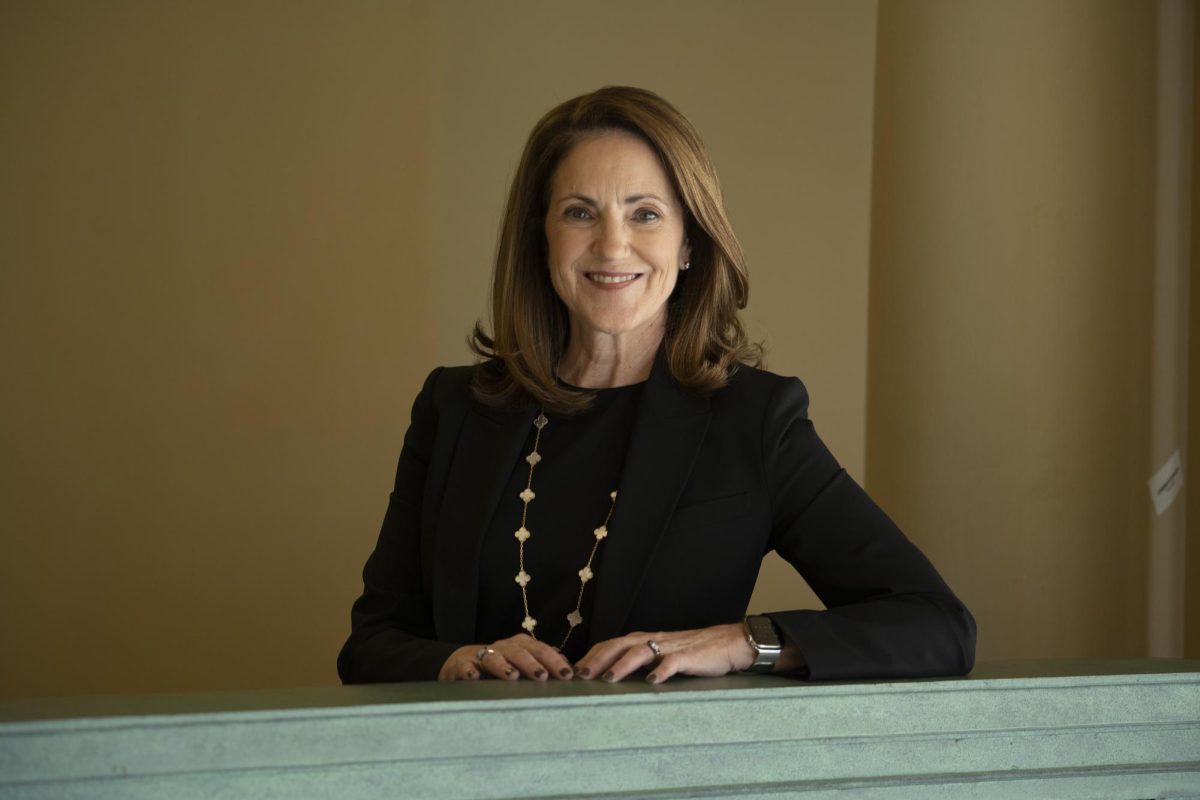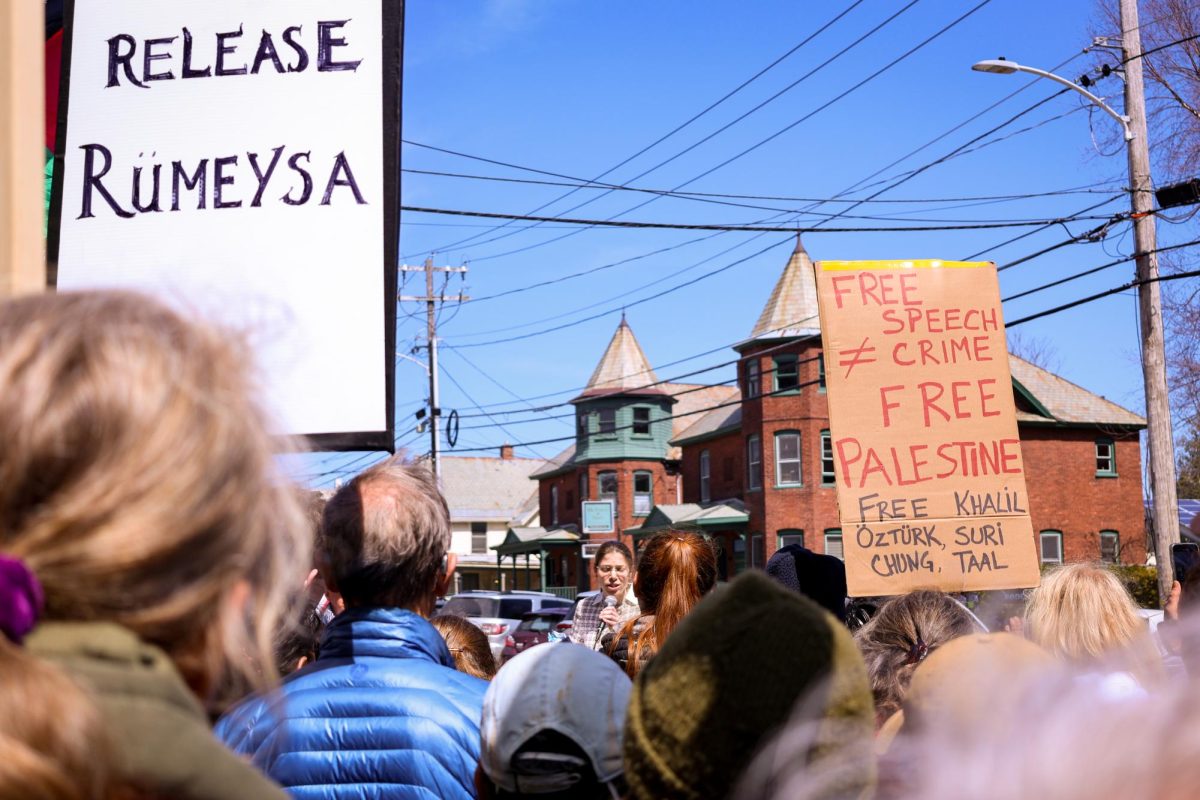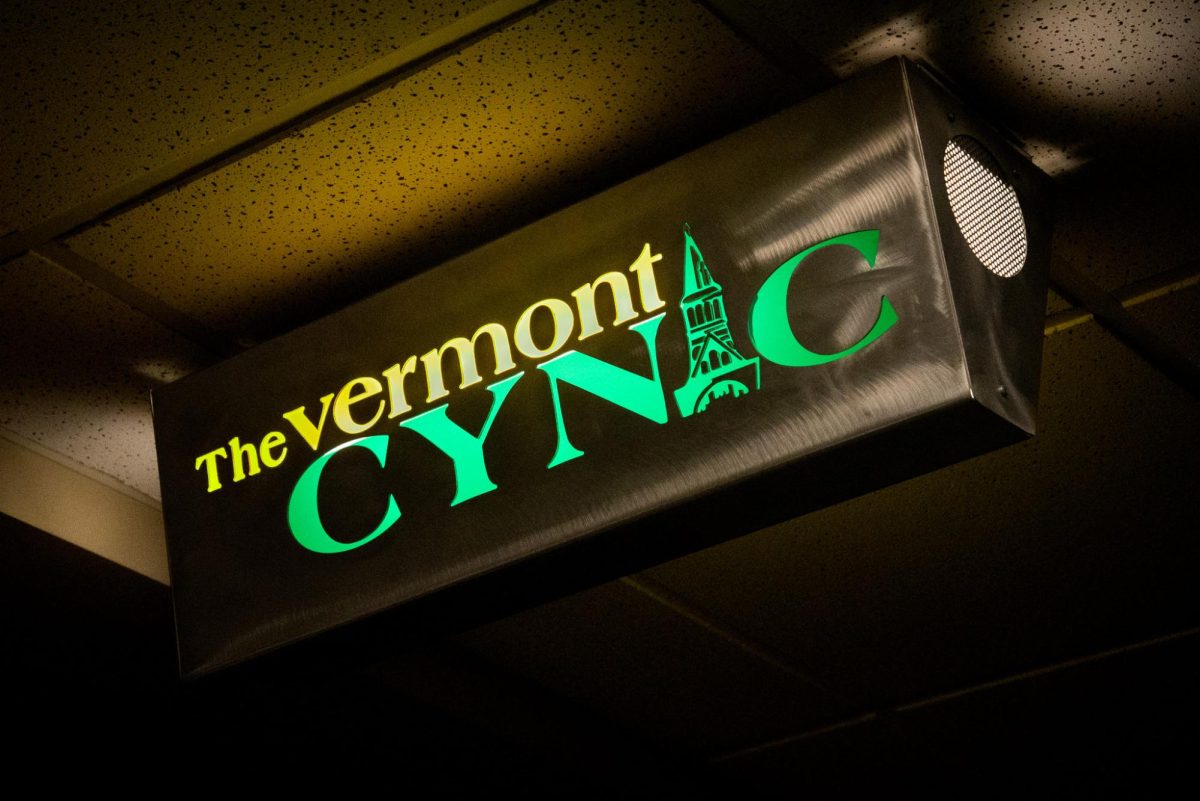There have been 54 school shootings so far in 2015, 24 of which took place on college campuses, according to Everytown for Gun Safety, a gun safety advocacy movement.
Of these campus shootings, 17 resulted in injury or death, not including suicides.
Some UVM faculty said they wouldn’t know what to do if it happened here.

“There hasn’t been any sort of [faculty] training that I’m aware of,” said Sarah Turner, a senior lecturer in the English department.
Turner said she hasn’t received any trainings for dealing with campus shooting.
However, there is a campus emergency poster on the wall of her classroom, she said.
The poster is supposed to be on the wall of every classroom and gives short instructions on what to do in various emergency situations including fire, severe weather and bomb threats.
Ellie Young, a junior and resident adviser at Harris-Millis, said she wouldn’t know what to do either.
“We don’t have any training in that regard,” Young said. “We’re told if someone is hurt not to touch them, just to call the police. We’re told all about the blue light system. If there’s a shooter or something, what would I do?”
Police are present around campus, and are dependable.
UVM police Lt. Larry Magnant cited the University of Ohio’s “Surviving an Active Shooter” video as a good reference on how teachers and students should react if they hear gunfire.
Whenever possible, get out of the area and call 911. If running is not possible, hide. Lock and barricade the doors, turn off the lights , turn off all electronic devices. Lastly, if confronted by the shooter, try to fight. Gang up on the shooter, throw things or use makeshift weapons until police arrive, according to the video.
Links to more instructions for active shooter situations are available on the UVM police services’ website.
The CatAlert is another powerful tool, Magnant said. In the case of an emergency situation, a CatAlert would be sent out immediately with instructions.
Student concern about shooting situations varied.
“I definitely think about it once a day,” first-year Olivia Marelic said. “I think the biggest fear of mine is not knowing, being out of the loop. We’re on such a big campus, like what if I just walked around not knowing?”
First-year Robert Rice had a different mindset.
“I guess it’s possible but I’m not going to live in fear,” Rice said. “Being afraid of it doesn’t do anything to stop it.”



